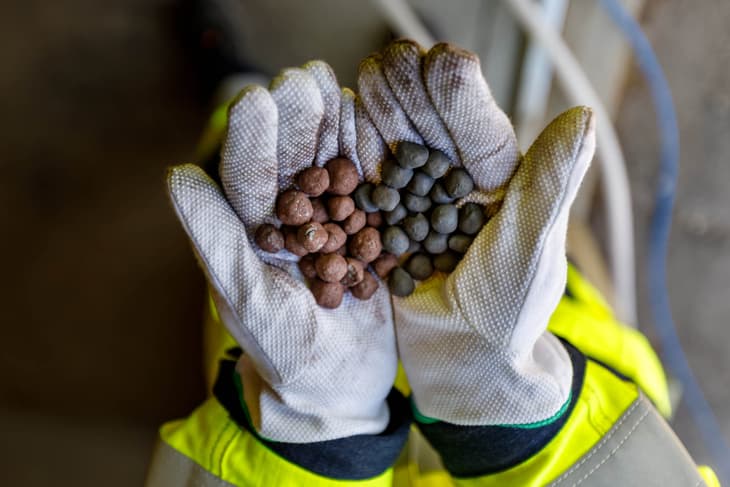GreenIron has secured an environmental permit for its first full-scale production site set to produce direct reduced iron (DRI) using hydrogen.
H2 View understands that the Swedish start-up’s furnace can produce up to 28,000 tonnes of DRI per year when hydrogen is used as a reducing agent. GreenIron told H2 View Linde will be its local hydrogen supplier.
The Land and Environment Court in Östersund approved the permit for GreenIron’s site in Sandviken, Sweden. The company will now be able to establish and operate a facility for the recycling and production of iron and other metals in the region.
... to continue reading you must be subscribed





